Redefining Memory Care In Estero Florida
Choosing the right memory care community for a loved one is a deeply personal decision. At Gulf Coast Memory Care, nestled in the heart of Estero, Florida, we've created a haven of tranquility where residents can experience a luxurious and comfortable lifestyle. Let us help you make this important decision with confidence.
"Choose us with peace of mind; if within 90 days your heart pulls you elsewhere, we'll ensure a smooth transition and give your community fee back to help secure another place."
Your family's freedom to thrive is our top priority.

Understanding The Benefits Of Memory Care
Hear From Benita
Watch the heartfelt moment when Benita's engineer husband confidently declared, "This is the place!" It was here that Benita found the ideal environment for her mother to receive the nurturing care and robust support she truly deserved.
We believe you'll resonate with their story and feel just as confident in our ability to provide exceptional care.
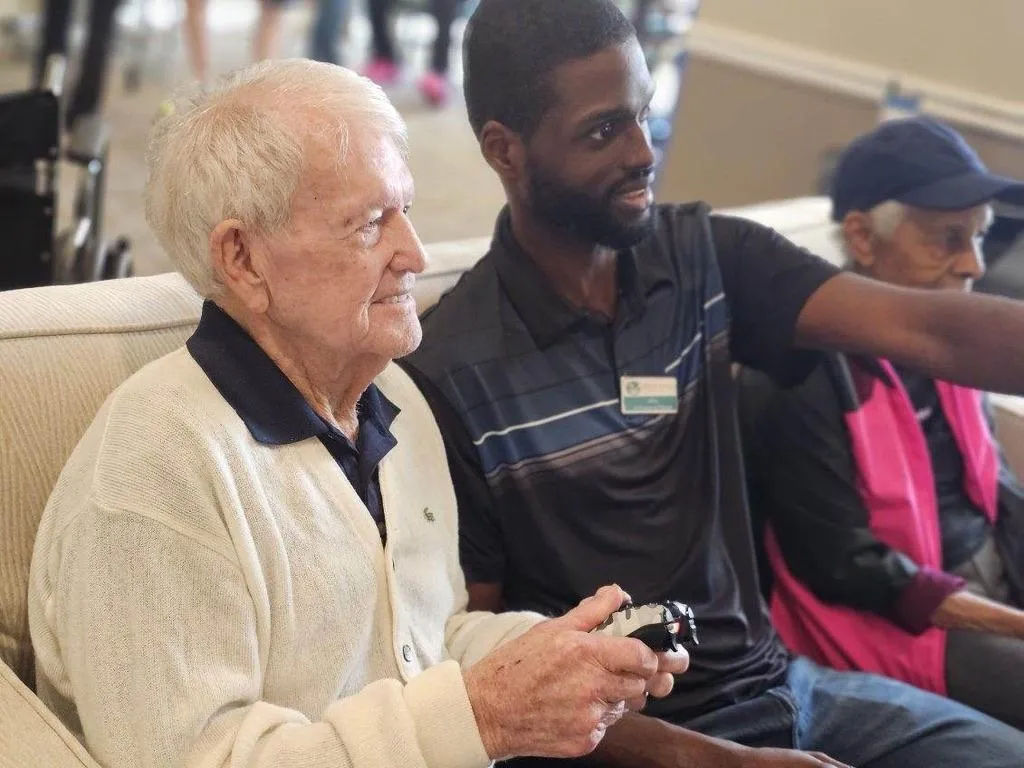
Is It The Right Time For Memory Care?
Understanding that memory care is not a one-size-fits-all solution, we prioritize personalized care plans that adapt to each individual’s progression.
Learn more about senior care and get personalized results in this quick 5 minute survey.

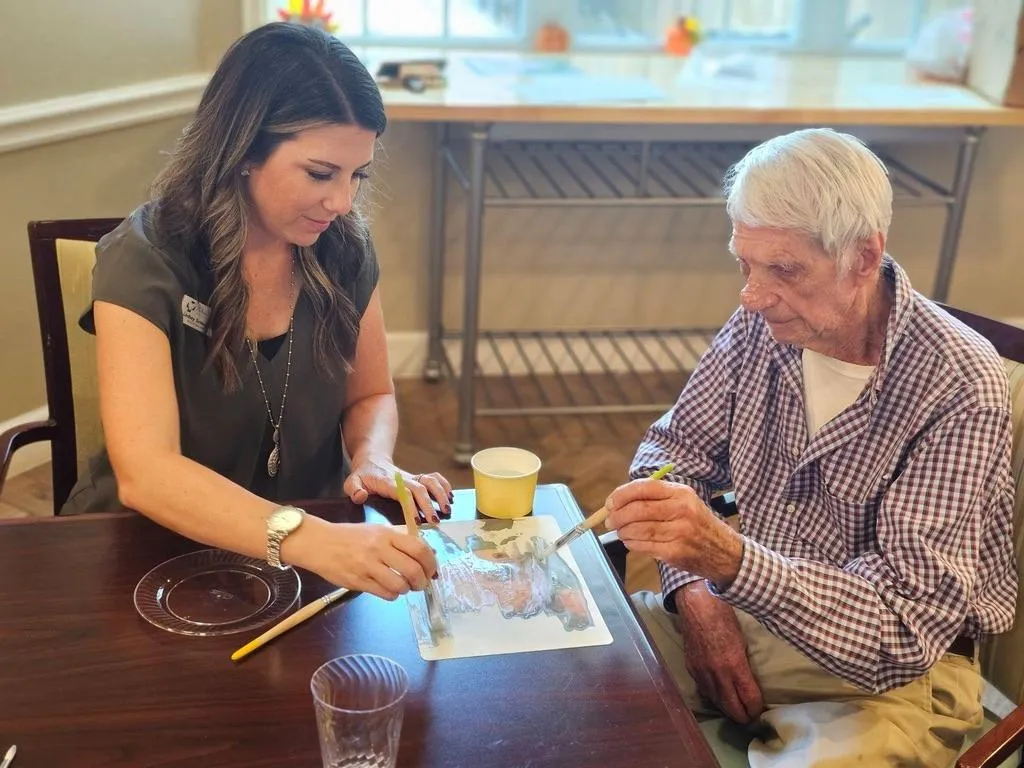
A Community For Alzheimer’s & Dementia Care
Families seeking Alzheimer’s and dementia support in Estero, Florida, can rely on our compassionate team for a community that truly cares.
Through ongoing training in the latest memory care practices and a commitment to safety, Gulf Coast Memory Care offers peace of mind for families and the highest standard of care for residents.
Love From Our Families


My mom moved into her new home a few weeks ago. I was able to visit with her this week while being in Florida and my gosh, I know she is right where she needs to be. Huge shoutout to Jerry, Diana, Paula, Kathy and Apryl. You are real life angels. The energy you bring is above and beyond. To see how you interact with not only my mom, but all the residents, it truly warms my heart. While it is heartbreaking to see my mom battle Alzheimer's, I know she is in the perfect place. She is safe and receiving the care she needs. <3 The place is clean, accommodating and most importantly feels like home. I love that there is a schedule and many activities for the residents to participate in. My mom has loved the painting and coloring
- Bill & Bonny B


Upon entering this beautiful community, I was deeply impressed by the exceptional level of care and compassion demonstrated by all the caregivers. Every member of the team, from maintenance staff to the executive director, significantly contributes to the residents' quality of life. The interior courtyards offer a safe and beautiful outdoor escape for the residents, while the dining area is both elegant and spacious. GCMC stands out as one of the premier memory care centers I have ever visited.
- Bill & Bonny B


Exceptional dedication. Genuine care 24/7, everyone is doing a great job, from Management to the care team. Jerry and Diana are conducting the business, but you can see them walking the hallway and chatting with the residents, literally knowing everyone. There is an engine who works behind the scenes to have the day and night activity running smoothly. Family feeling, warmth, and genuine care, overall, 5 stars. Residents are never alone, there is always a pair of eyes to watch and hands ready to help as needed, but all is done in a certain way, so our loved ones don’t feel any loss of their independence. Beautifully done. The activities are not just lines on paper, everyone is involved. Food is first class.
- Bill & Bonny B
Our Senior Care Amenities
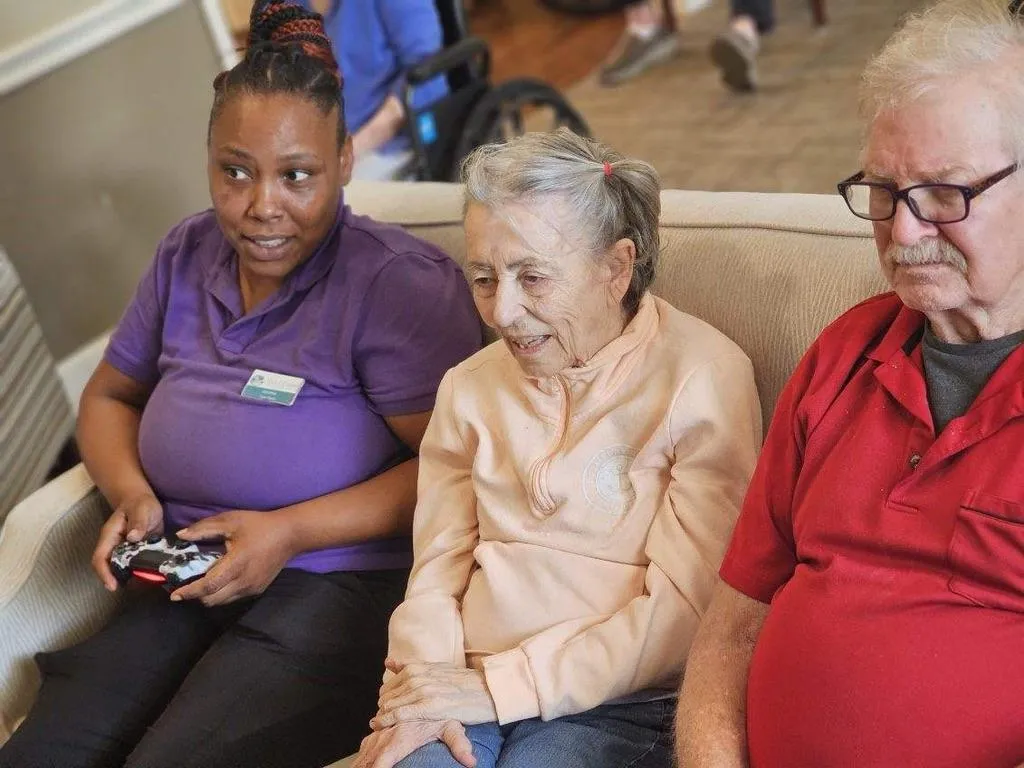
One-site beauty salon and barbershop
Personalized, chef-prepared meals
Customized activity programs
Craft and hobby room
Family living room
Full Library
Abundant natural light to minimize sundowning
Located next to Coconut Point Shopping Center
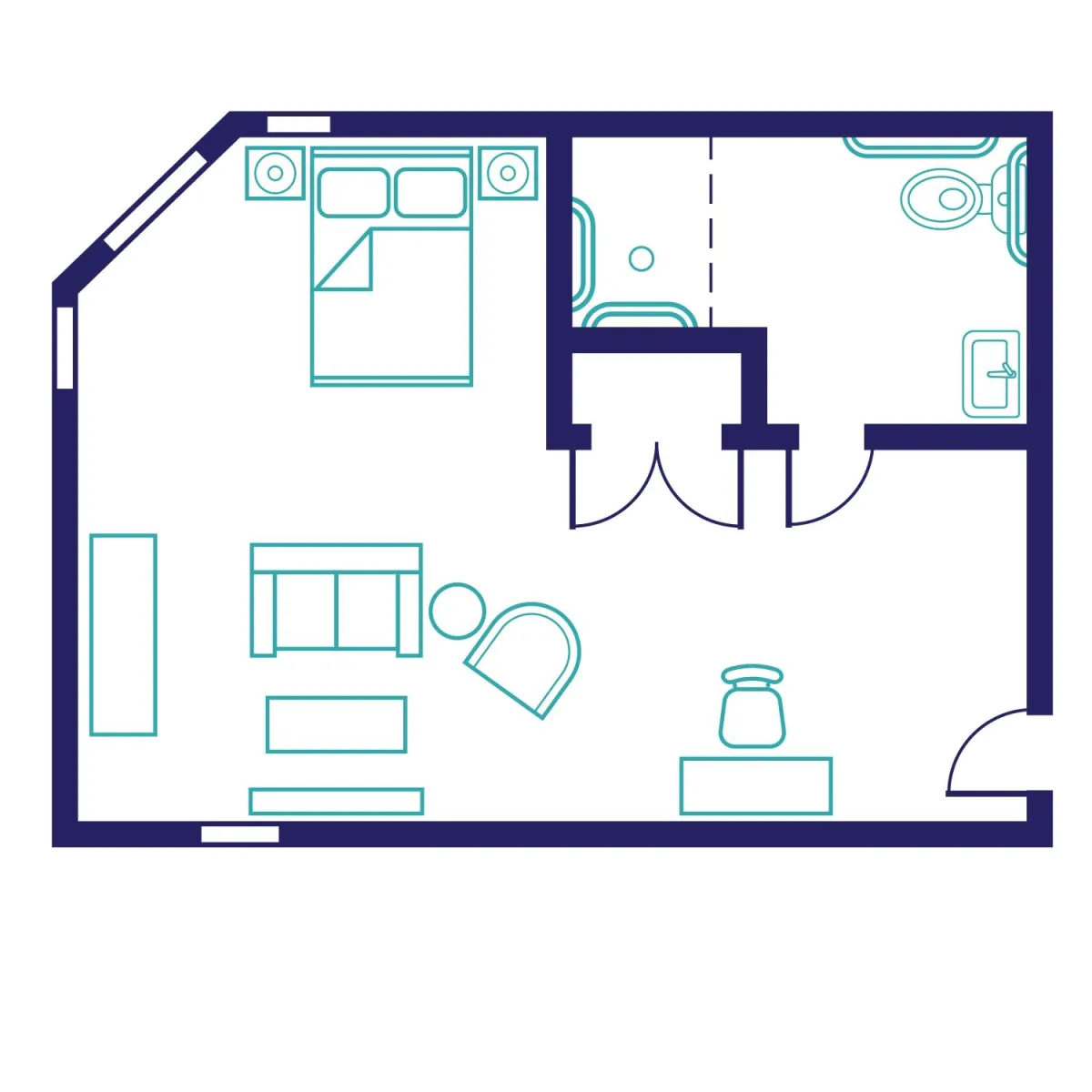
The Edison Suite
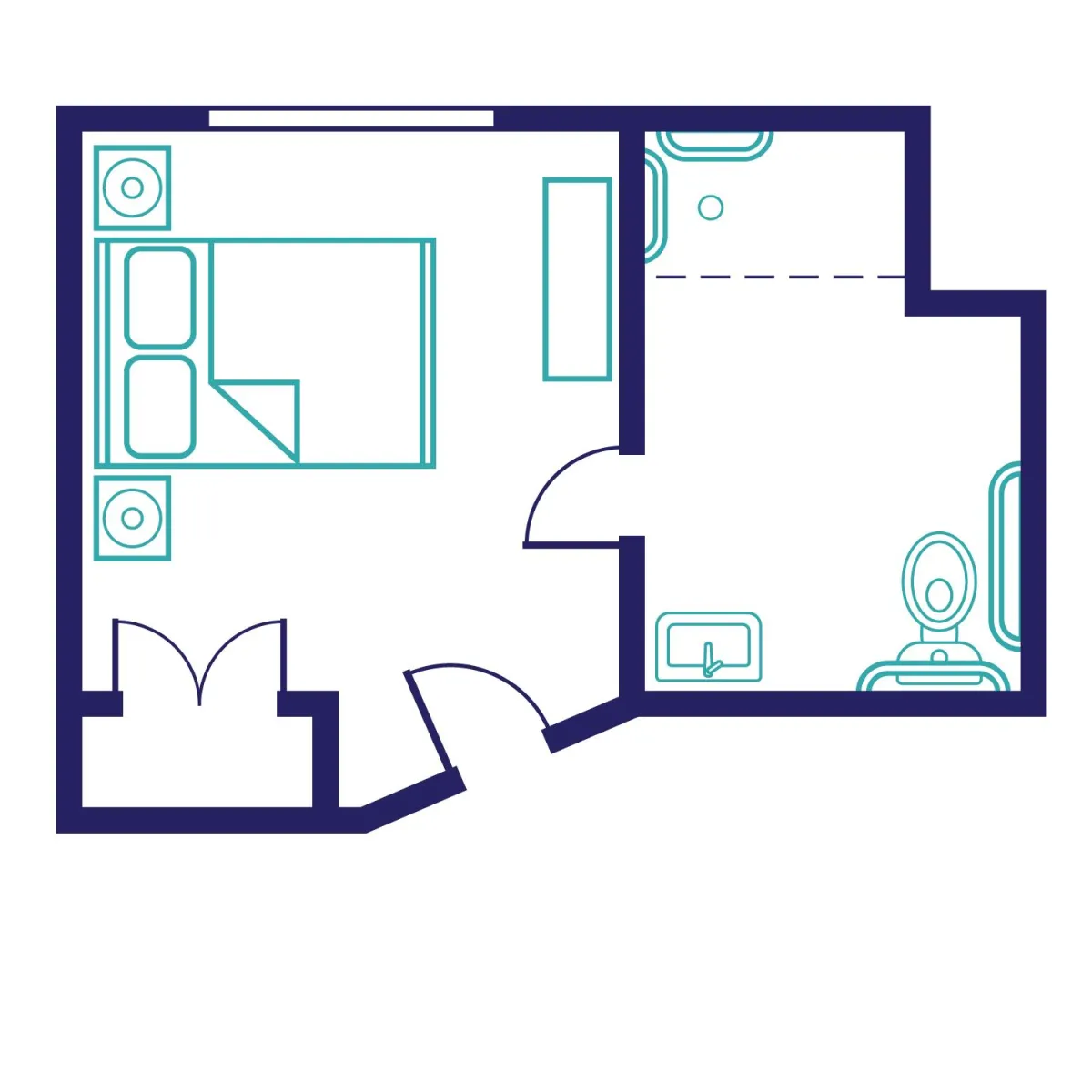
The Magnolia Suite
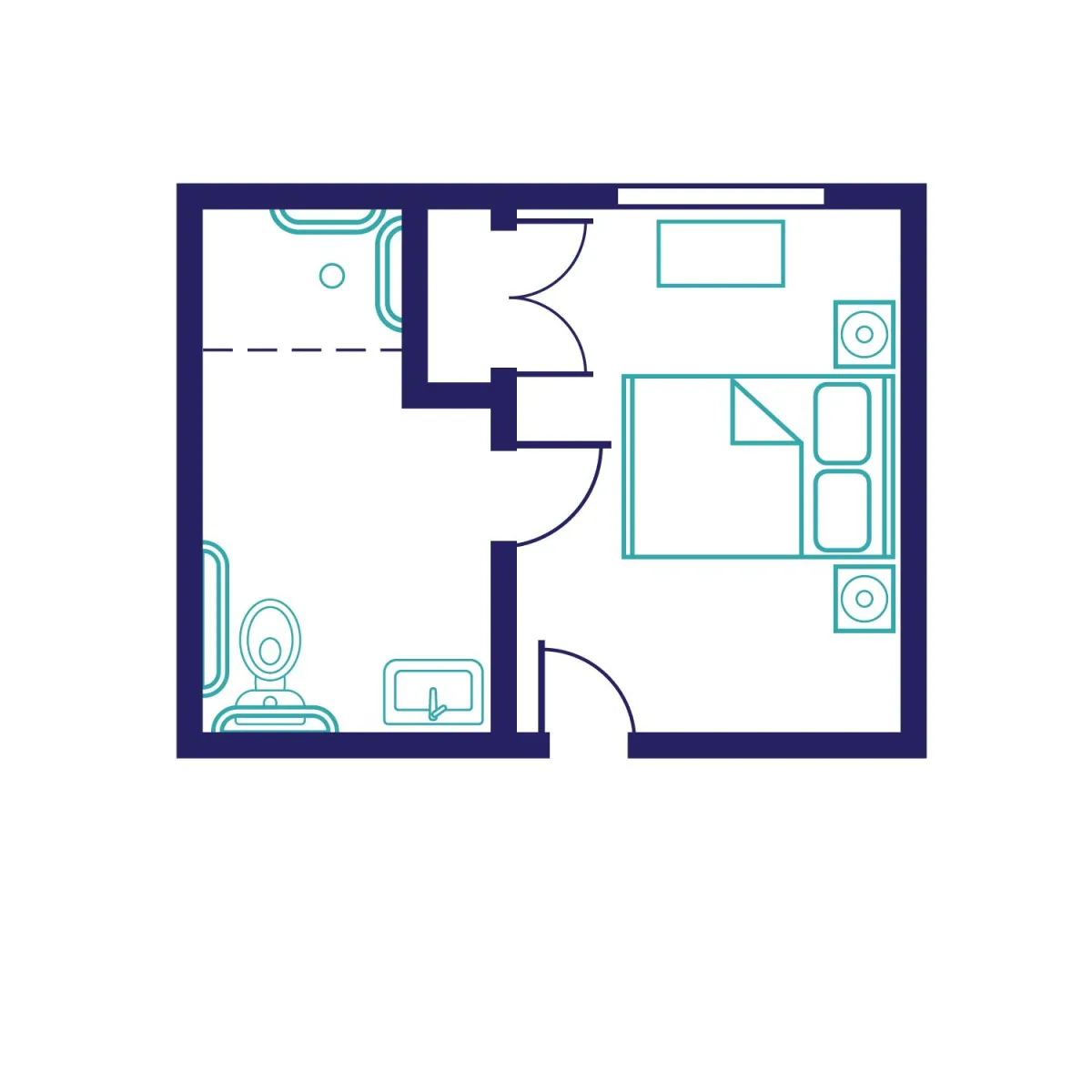
The Sugarberry Suite
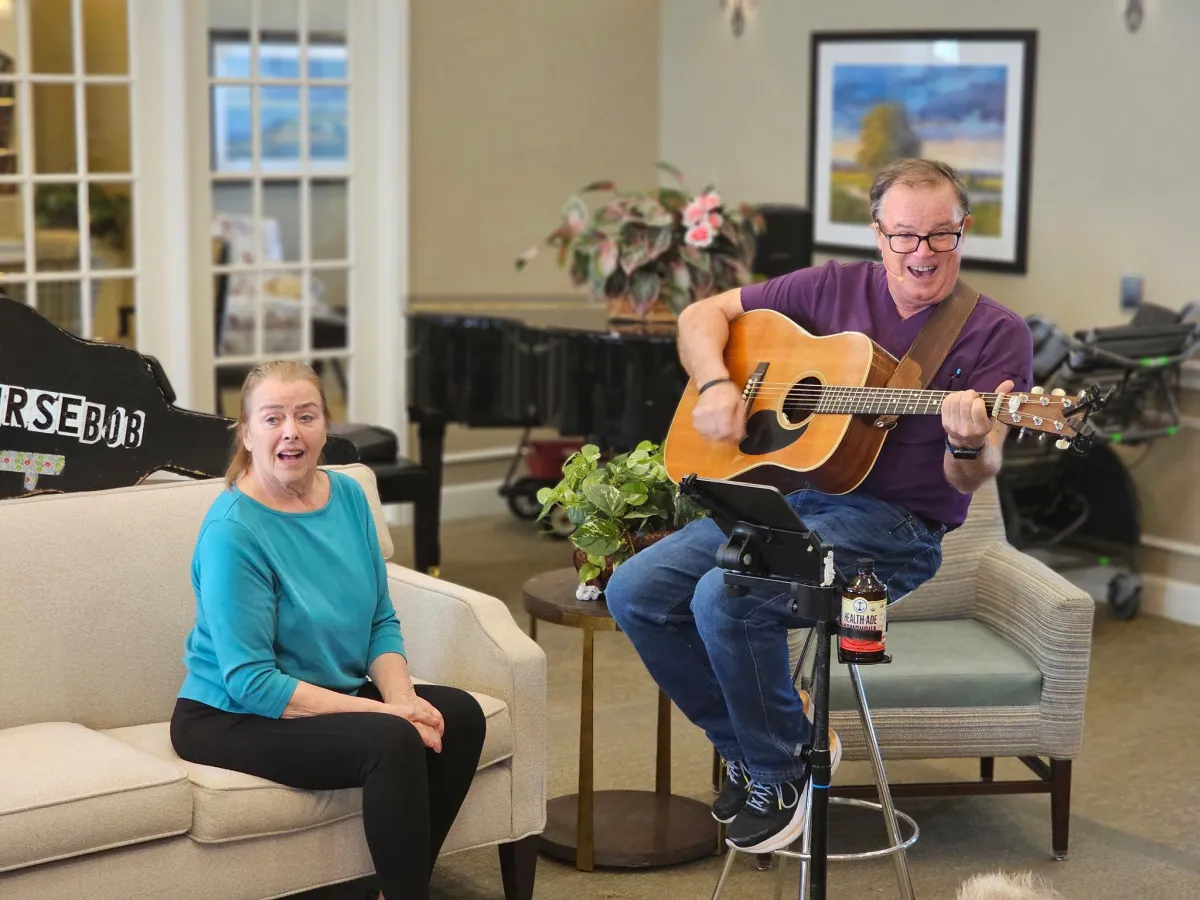
Engaging Residents With Meaningful Social Connections
We also prioritize activities that nurture both physical and mental wellness, from gentle exercise routines to social events that create a sense of community among residents. These carefully crafted programs are designed to boost mood, reduce anxiety, and encourage meaningful interactions, all of which contribute to a fulfilling lifestyle for those facing memory challenges.
Our Commitment To You
Our commitment extends to providing families with guidance and resources to understand memory loss and navigate the journey with confidence. Whether it’s through educational workshops or one-on-one consultations, we’re here to support families every step of the way, ensuring they feel connected and informed about their loved one’s care journey.
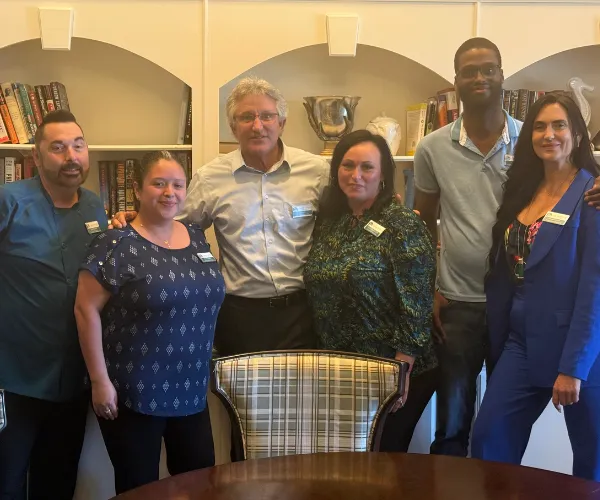
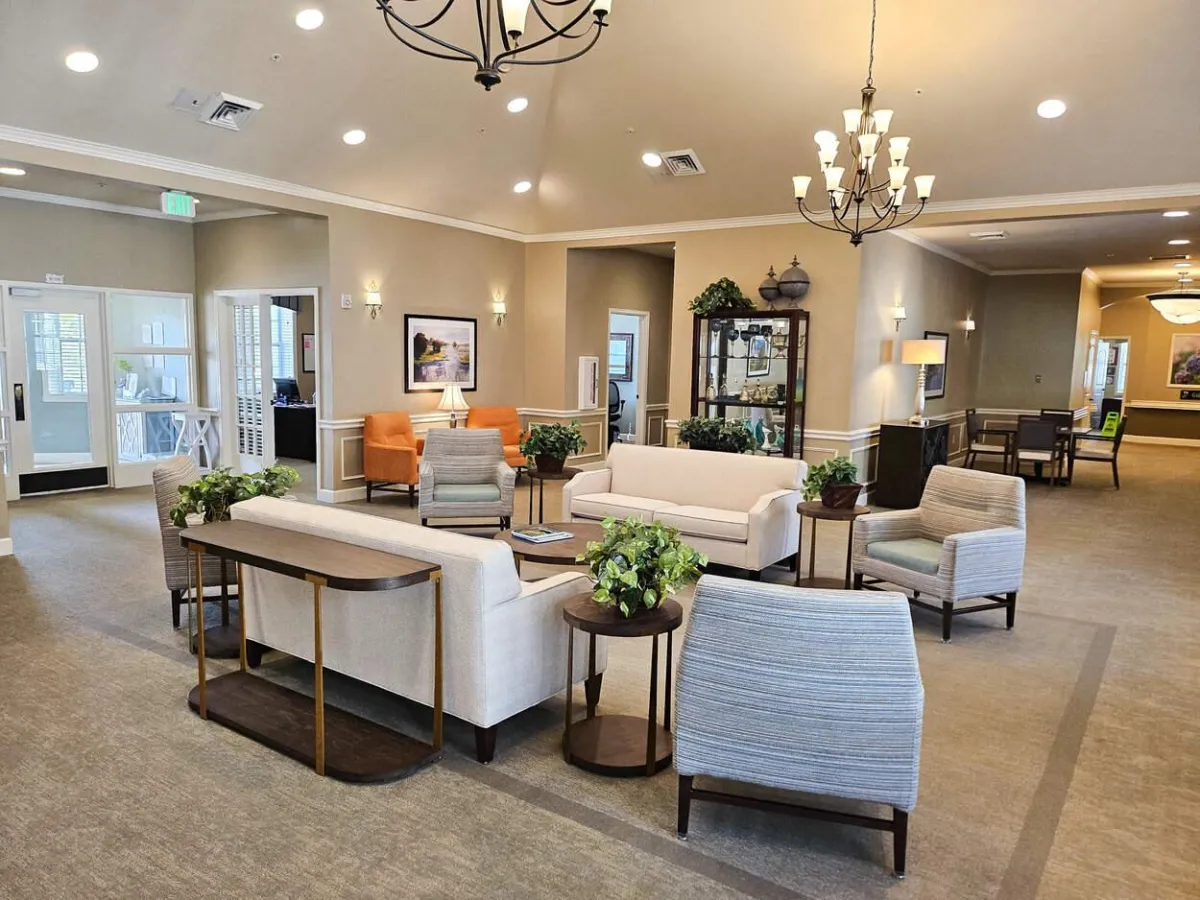
Are You Ready To Get Settled In?
Embark on a transformative experience at Gulf Coast Memory Care in Estero, Florida. We're not just a memory care community; we're a sanctuary where the mind, body, and spirit are nurtured. If you're seeking a place where compassion, care, and a deep respect for the human soul are paramount, you've found the right haven.
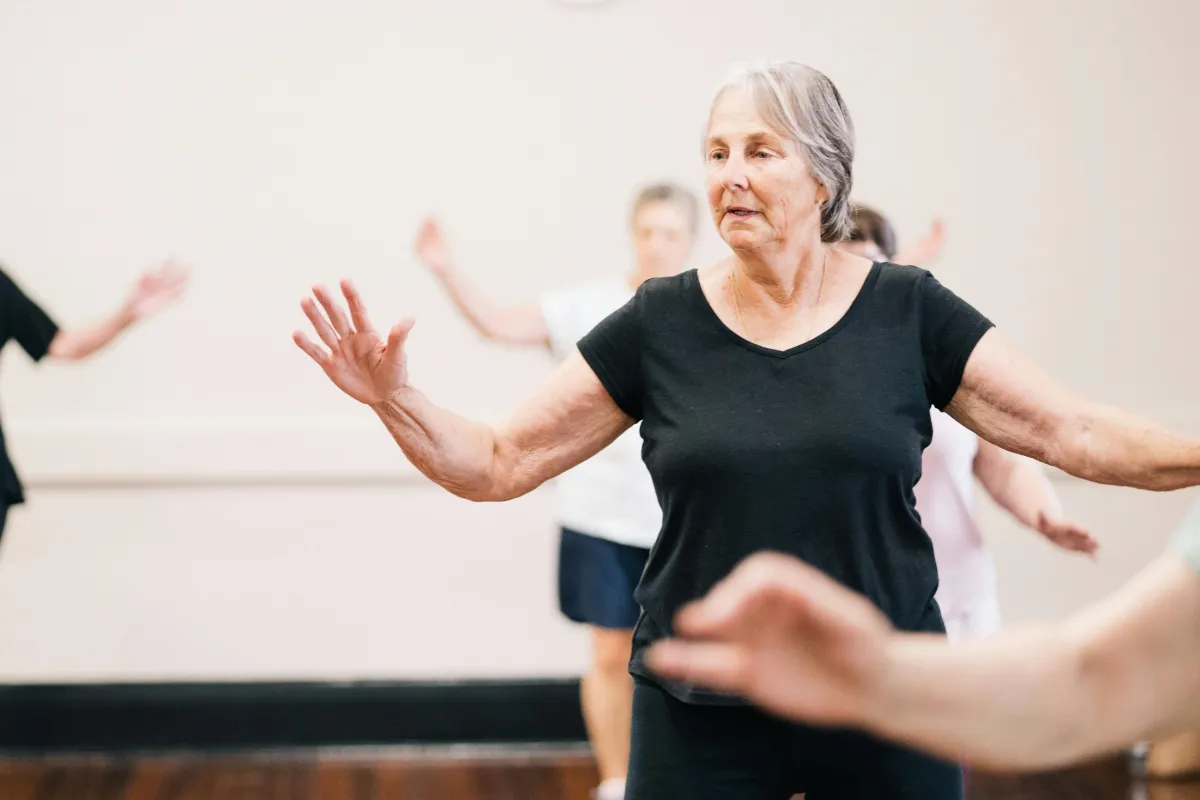
Memory Care and Physical Health: How Exercise Can Help Alzheimer’s Patients
Alzheimer’s disease affects millions of people worldwide, posing unique challenges for both cognitive and physical health. While there’s no cure for Alzheimer’s, integrating exercise into a patient’s daily routine can significantly improve their quality of life. Physical activity doesn’t just benefit the body—it can also support emotional well-being and cognitive function. In this article, we’ll explore how exercise can complement Alzheimer’s care and improve the lives of patients and caregivers alike.
Why Exercise Matters in Alzheimer’s Care
Caring for someone with Alzheimer’s requires a holistic approach. Beyond memory challenges, individuals often experience physical health issues such as reduced mobility, muscle weakness, and poor coordination. Exercise helps counteract these issues while offering additional benefits, such as improving mood and reducing stress.
Research shows that physical activity stimulates brain health by enhancing blood flow, reducing inflammation, and encouraging the production of neuroprotective proteins. These changes can support cognitive function, even in the face of neurodegenerative conditions.
But exercise isn’t just about physical gains—it’s about creating moments of joy and engagement. Something as simple as a walk in the garden can brighten a patient’s day while fostering a sense of connection with caregivers.
The Emotional Connection Between Movement and Memory
One of the most remarkable aspects of exercise is its ability to unlock emotional memories. Activities like dancing or listening to music during exercise can trigger positive feelings and help patients recall cherished experiences. For instance, a simple waltz might remind someone of their wedding day, sparking a moment of clarity and happiness.
Group exercises also foster social interaction, which is essential for combating feelings of isolation. Imagine a small yoga class where participants stretch and move together, offering smiles and encouragement. These moments build community, enhance emotional well-being, and reinforce a sense of belonging.
Practical Strategies for Caregivers
Implementing an exercise routine for someone with Alzheimer’s requires patience and creativity. Here are some strategies to make it easier:
Use Familiar Activities: If your loved one enjoyed gardening, encourage light digging or watering plants. Familiar activities are comforting and require less explanation.
Incorporate Play: Turn exercises into games, such as tossing a soft ball back and forth or using balloons to encourage gentle movement.
Focus on Sensory Stimulation: Combine exercise with sensory experiences, like walking barefoot on grass or stretching near an open window to feel the breeze.
It’s important to celebrate small victories. If the patient enjoys a few minutes of activity or smiles during a session, that’s a success worth acknowledging.
How Memory Care Communities Support Physical Health
Professional memory care communities are uniquely equipped to integrate physical activity into their routines. Trained staff design exercise programs that cater to varying mobility levels and cognitive stages, ensuring both safety and enjoyment.
For example, many memory care communities offer chair yoga or seated stretching sessions to help residents maintain flexibility without the risk of falling. Others include outdoor walking paths, allowing patients to enjoy the calming effects of nature.
These structured programs also give caregivers peace of mind, knowing their loved ones are engaging in safe and meaningful activities.
Exercise Ideas Tailored for Alzheimer’s Patients
When planning exercise for seniors, it’s essential to adapt activities to the individual’s abilities. Here are a few more creative ideas:
Balloon Volleyball: This lighthearted activity encourages gentle arm movements and brings out smiles.
Simple Chores: Sweeping or folding laundry can double as physical activity and a sense of purpose.
Art and Movement: Painting while standing or stretching between strokes provides both physical and creative outlets.
Each of these activities can be adjusted to fit the patient’s current abilities, creating a personalized and enjoyable experience.
The Bigger Picture: Health, Connection, and Hope
Incorporating exercise into Alzheimer’s care isn’t just about physical health—it’s about fostering connections, moments of joy, and hope. For families and caregivers, seeing a loved one light up during a dance or find calm through yoga can be incredibly rewarding.
If you’re unsure where to start, remember that small steps matter. A 10-minute stroll in the morning or gentle stretching after dinner can lay the foundation for lasting benefits. And if you need guidance, memory care communities offer tailored programs and support systems to help you navigate this journey.
Tips for Implementing Exercise in Alzheimer’s Care
Starting a new routine can be challenging, but these tips can help:
Start Small: Begin with just 10–15 minutes of light activity and gradually increase the duration.
Be Consistent: Schedule exercise sessions at the same time daily to create familiarity.
Monitor Comfort Levels: Ensure the patient feels safe and comfortable during activities.
Adapt as Needed: Adjust exercises based on physical abilities and cognitive function.
Conclusion: Movement as Medicine
Exercise is more than a physical activity—it’s a pathway to better health, emotional well-being, and meaningful moments. In the realm of Alzheimer’s care, it offers patients a chance to stay connected to their bodies, their memories, and their loved ones.
Whether it’s a walk through a familiar park, a playful game of balloon volleyball, or a calming yoga session, every movement counts. By prioritizing physical activity, you can help your loved one live with greater dignity, joy, and connection

Memory Care and Physical Health: How Exercise Can Help Alzheimer’s Patients
Alzheimer’s disease affects millions of people worldwide, posing unique challenges for both cognitive and physical health. While there’s no cure for Alzheimer’s, integrating exercise into a patient’s daily routine can significantly improve their quality of life. Physical activity doesn’t just benefit the body—it can also support emotional well-being and cognitive function. In this article, we’ll explore how exercise can complement Alzheimer’s care and improve the lives of patients and caregivers alike.
Why Exercise Matters in Alzheimer’s Care
Caring for someone with Alzheimer’s requires a holistic approach. Beyond memory challenges, individuals often experience physical health issues such as reduced mobility, muscle weakness, and poor coordination. Exercise helps counteract these issues while offering additional benefits, such as improving mood and reducing stress.
Research shows that physical activity stimulates brain health by enhancing blood flow, reducing inflammation, and encouraging the production of neuroprotective proteins. These changes can support cognitive function, even in the face of neurodegenerative conditions.
But exercise isn’t just about physical gains—it’s about creating moments of joy and engagement. Something as simple as a walk in the garden can brighten a patient’s day while fostering a sense of connection with caregivers.
The Emotional Connection Between Movement and Memory
One of the most remarkable aspects of exercise is its ability to unlock emotional memories. Activities like dancing or listening to music during exercise can trigger positive feelings and help patients recall cherished experiences. For instance, a simple waltz might remind someone of their wedding day, sparking a moment of clarity and happiness.
Group exercises also foster social interaction, which is essential for combating feelings of isolation. Imagine a small yoga class where participants stretch and move together, offering smiles and encouragement. These moments build community, enhance emotional well-being, and reinforce a sense of belonging.
Practical Strategies for Caregivers
Implementing an exercise routine for someone with Alzheimer’s requires patience and creativity. Here are some strategies to make it easier:
Use Familiar Activities: If your loved one enjoyed gardening, encourage light digging or watering plants. Familiar activities are comforting and require less explanation.
Incorporate Play: Turn exercises into games, such as tossing a soft ball back and forth or using balloons to encourage gentle movement.
Focus on Sensory Stimulation: Combine exercise with sensory experiences, like walking barefoot on grass or stretching near an open window to feel the breeze.
It’s important to celebrate small victories. If the patient enjoys a few minutes of activity or smiles during a session, that’s a success worth acknowledging.
How Memory Care Communities Support Physical Health
Professional memory care communities are uniquely equipped to integrate physical activity into their routines. Trained staff design exercise programs that cater to varying mobility levels and cognitive stages, ensuring both safety and enjoyment.
For example, many memory care communities offer chair yoga or seated stretching sessions to help residents maintain flexibility without the risk of falling. Others include outdoor walking paths, allowing patients to enjoy the calming effects of nature.
These structured programs also give caregivers peace of mind, knowing their loved ones are engaging in safe and meaningful activities.
Exercise Ideas Tailored for Alzheimer’s Patients
When planning exercise for seniors, it’s essential to adapt activities to the individual’s abilities. Here are a few more creative ideas:
Balloon Volleyball: This lighthearted activity encourages gentle arm movements and brings out smiles.
Simple Chores: Sweeping or folding laundry can double as physical activity and a sense of purpose.
Art and Movement: Painting while standing or stretching between strokes provides both physical and creative outlets.
Each of these activities can be adjusted to fit the patient’s current abilities, creating a personalized and enjoyable experience.
The Bigger Picture: Health, Connection, and Hope
Incorporating exercise into Alzheimer’s care isn’t just about physical health—it’s about fostering connections, moments of joy, and hope. For families and caregivers, seeing a loved one light up during a dance or find calm through yoga can be incredibly rewarding.
If you’re unsure where to start, remember that small steps matter. A 10-minute stroll in the morning or gentle stretching after dinner can lay the foundation for lasting benefits. And if you need guidance, memory care communities offer tailored programs and support systems to help you navigate this journey.
Tips for Implementing Exercise in Alzheimer’s Care
Starting a new routine can be challenging, but these tips can help:
Start Small: Begin with just 10–15 minutes of light activity and gradually increase the duration.
Be Consistent: Schedule exercise sessions at the same time daily to create familiarity.
Monitor Comfort Levels: Ensure the patient feels safe and comfortable during activities.
Adapt as Needed: Adjust exercises based on physical abilities and cognitive function.
Conclusion: Movement as Medicine
Exercise is more than a physical activity—it’s a pathway to better health, emotional well-being, and meaningful moments. In the realm of Alzheimer’s care, it offers patients a chance to stay connected to their bodies, their memories, and their loved ones.
Whether it’s a walk through a familiar park, a playful game of balloon volleyball, or a calming yoga session, every movement counts. By prioritizing physical activity, you can help your loved one live with greater dignity, joy, and connection
Come Visit Us
We can't wait to hear from you! Fill out our contact form to get started or if you would like to see our community for yourself, schedule a tour here.
Gulf Coast Memory Care
(239) 221-6120
22900 Lyden Dr, Estero, FL 33928
AL# 12921
Privacy Policy | Accessibility Statement | Visitation Policy


